Kafka vs. Spark vs. Hadoop


When it comes to tackling big data, three superior technologies stand out: Apache Kafka, Apache Spark, and Apache Hadoop. Each of these solutions offers distinct advantages and weaknesses. Understanding their differences is vital in choosing which technology best fits your project’s needs.
Apache Kafka is a reliable, open-source distributed streaming platform that creates real-time data pipelines and applications. Due to its exceptional scalability, high throughput capabilities, and low latency processing speed, this powerful technology has become the go-to standard for large-scale messaging systems utilized by some of the biggest tech companies in the world, such as Amazon, Netflix, and Uber.
“Kafka’s real-time data streaming transforms how businesses handle large-scale messaging, ensuring instant insights and seamless operations.”
Kafka is used for a variety of use cases, including:
Kafka provides many advantages compared to traditional messaging systems:
Although Kafta provides many advantages, there are some challenges:
Many businesses are utilizing Kafta to streamline their processes, including:
Apache Spark is an open-source distributed processing framework that processes large data sets at lightning speed. Featuring an optimized engine for in-memory computation, it dramatically reduces the time needed to analyze real-time or streaming data by creating direct access points known as Resilient Distributed Datasets (RDDs).
Apache Spark can be used in a variety of situations, including:
Spark offers several advantages over other distributed processing frameworks:
Like any platform, Spark also has challenges to deal with:
Spark is popular with numerous organizations around the world, including:
Apache Hadoop is a powerful, open-source framework that makes it simple to store and effectively manage vast amounts of data. It enables distributed processing of large data sets across clusters of computers using simple programming models, providing scalability up to petabytes of data. By utilizing a clustered environment, it allows for faster analysis and improved efficiency when compared to traditional single-node architectures.
Hadoop is widely used in many industries for a variety of applications:
When compared to traditional storage and processing infrastructures, Hadoop offers a variety of advantages that make it the perfect choice for data-driven businesses:
To gain the many advantages, Hadoop has a few potential challenges to overcome:
Hadoop has been adopted by many well-known businesses, including:
Kafka and Spark are both stream-processing frameworks designed to process data in real time. They share many features, such as fault tolerance, scalability, high throughput/low latency message delivery, automatic offset management, and integration with multiple languages.
However, there are some key differences between them. Kafka focuses on messaging (publishing/subscribing), while Spark focuses more on data processing with support for batch processing and SQL queries. Kafka is designed to process data from multiple sources, whereas Spark is designed to process data from only one source.
Hadoop, on the other hand, is a distributed framework that can store and process large amounts of data across clusters of commodity hardware. It provides support for batch processing and SQL queries but lacks the real-time processing capabilities provided by Kafka and Spark.
In terms of use cases, Kafka can be used for building distributed streaming applications that rely on message queues, such as event logging systems, monitoring and alerting services, etc. Spark can be used for building real-time streaming applications that process data in near real time, such as financial fraud detection and clickstream analysis. Hadoop can be used for batch processing of large datasets that are not suitable for real-time processing, such as log analysis or business intelligence.
When choosing between Kafka vs. Spark vs. Hadoop, it is important to consider the specific needs of your application. If you need the power to process streams in real time, then Kafka or Spark will be your best bet. Big data processing is much more consistent with Hadoop’s batch mode capabilities. And if SQL queries are necessary along with streaming and/or batch options, then Spark should be your go-to choice.
Each of the three technologies has unique strengths and weaknesses, so consider your development requirements before adding the next technology to your tech stack.
To help you make an informed decision, here are the key differences between these powerful data processing platforms:
Kafka and Spark are leading data processing platforms with distinct purposes. Kafka excels in real-time data streaming, enabling multiple client applications to publish and subscribe to real-time data with high scalability and low latency. Spark, on the other hand, specializes in large-scale data processing, efficiently handling big data through batch processing and in-memory computation for rapid analytics.
Hadoop and Kafka are robust data platforms designed for different purposes. Hadoop is optimized for batch processing and large-scale data storage, leveraging a distributed framework to manage vast datasets. Kafka, on the other hand, excels in real-time data streaming, enabling multiple client applications to publish and subscribe to real-time data with high scalability and low latency.
Hadoop and Spark are powerful data processing frameworks with distinct strengths. Hadoop excels in batch processing and large-scale data storage, using a distributed framework to handle extensive datasets efficiently. Spark, on the other hand, specializes in in-memory data processing, providing fast analytics and real-time data processing capabilities.
Whether you need real-time data streaming, fast in-memory processing, or scalable batch processing, understanding the advantages and challenges of Kafka, Spark, and Hadoop will help you make the best decision for your organization.
Don’t hesitate to reach out to our experts at LogicMonitor to ensure you leverage the most suitable technology for your needs.
© LogicMonitor 2025 | All rights reserved. | All trademarks, trade names, service marks, and logos referenced herein belong to their respective companies.
